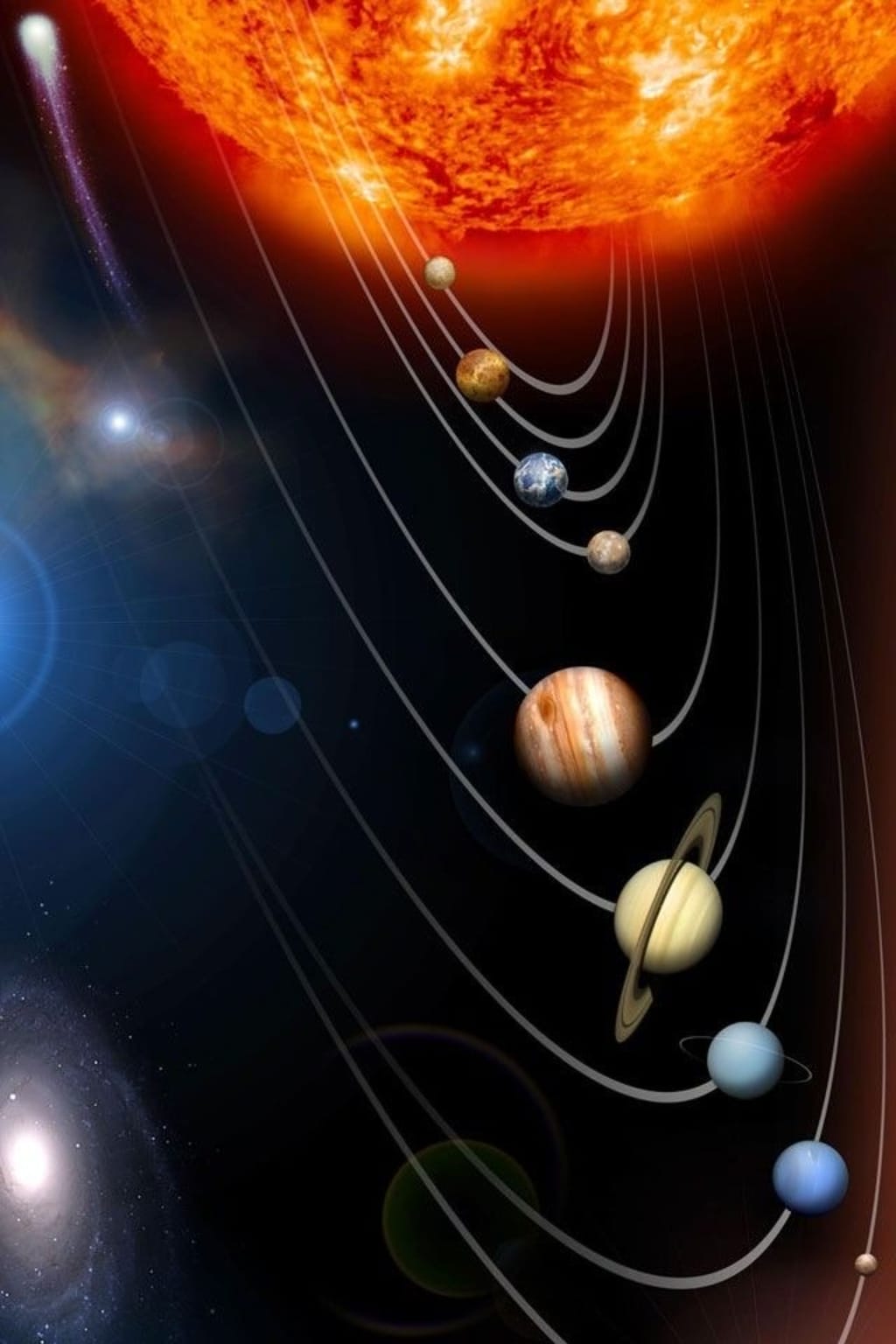
The universe is a vast expanse, teeming with countless celestial bodies, many of which are otherworldly planets. Among these, there exists a menagerie of extreme exoplanets, each with its own bizarre and captivating features. In this article, we embark on a cosmic voyage to explore some of the most peculiar and intriguing worlds beyond our solar system.
Tres-2b: The Planet of Eternal Darkness
We begin our journey with Tres-2b, a planet where night never ends. Unlike the serene nights on Earth adorned with twinkling stars, Tres-2b is enveloped in pitch darkness. This gas giant, larger than Jupiter, possesses a surface that absorbs light more effectively than charcoal. Its atmosphere is ablaze, casting a faint, dark red glow reminiscent of fresh lava.
Located in the 55 Cancri star system, Tres-2b stands out as the odd one among its gas giant siblings. Its eternal darkness and scorching temperatures create an otherworldly atmosphere.
55 Cancri e: The Molten Lava World
This planet, also in the 55 Cancri system, presents a stark contrast to Tres-2b. Half of 55 Cancri e is a literal ocean of molten lava, while the other half is trapped in eternal darkness, never witnessing the warmth of its sun. This extreme dichotomy creates a twilight zone where existence is a thin strip of gloomy nothingness.
HD 189733 b: The Glass Rain Planet
HD 189733 b, although visually alluring with its blue and white swirls, harbors a treacherous secret. Those pleasant colors are not benign; they originate from hard silicate particles in its atmosphere. This leads to glass rain on the planet's surface. But the real menace is the winds, with speeds exceeding 5,400 miles per hour, causing horizontal glass rain, capable of shredding anything in its path.
Pulsar-Devoured Exoplanets: A Slow Demise
In another distant system with a tongue-twisting name, pulsars devour their own planets. Pulsars, rapidly spinning remnants of exploded stars, emit powerful electromagnetic pulses, slowly eroding the planets orbiting them. This slow destruction is a testament to the incredible forces at play in the cosmos.
Kepler-70 b: From Gas Giant to Rocky Hell
Kepler-70 b's journey from a gas giant to a blazing hot rocky world is a cosmic transformation. It survives in one of the hottest environments ever discovered, with temperatures soaring higher than the surface of our sun. Yet, it faces an uncertain fate, as it continues to evaporate and may ultimately cease to exist.
WASP-12b: Devoured by its Star
WASP-12b tells a harrowing tale of a planet devoured by its voracious star. The enormous gravity of its host star, combined with the planet's gaseous composition, leads to its eventual destruction. As it stretches toward its merciless sun, it embodies a haunting celestial tragedy.
Leshan 436b: Ice that Burns
Leshan 436b presents the paradox of ice that burns. This exoplanet's extreme proximity to its sun results in blistering temperatures, yet its ice remains solid due to immense gravitational forces. With a dense, toxic atmosphere and unrelenting freezing rain, it offers an eerie and hostile landscape.
Venus: Earth's Evil Twin
No list of unsettling planets is complete without Venus, Earth's malevolent twin. With its thick, acidic atmosphere and surface temperatures hot enough to melt lead, Venus is a true hellish world. Volcanic eruptions and hurricane-like winds ravage its barren landscape, making it a cautionary example of a runaway greenhouse effect.
Dimidium: A Cold and Desolate Sphere
Dimidium, with its chilling name, resides far from its modest red dwarf star. This exoplanet, shrouded in perpetual cold, experiences temperatures close to absolute zero. Its surface, hidden beneath frozen layers, remains an enigmatic realm where alien mysteries may lurk.
Karate-7b: The Hypersonic Planet
Karate-7b lives up to its name by offering a unique kind of terror. Although not the hottest or coldest, its extreme density creates gravity 50 times stronger than Earth's. Stepping onto its surface would result in immediate and crushing doom, a reminder of the profound variation among exoplanets.
Osiris: The Living Melting Pot
Osiris challenges our understanding of life-friendly conditions. Despite being eight times closer to its sun than Mercury, this exoplanet hosts oxygen in its atmosphere. However, the intense heat and solar radiation lead to a grim fate, as Osiris slowly loses its atmosphere.
Concluding Thoughts
In our exploration of these extreme exoplanets, we've encountered a vast array of environments, from eternal darkness to scorching heat, and from gas giants to rocky hells. These celestial wonders remind us of the astonishing diversity in our universe, where the conditions for life can vary dramatically.
While the search for extraterrestrial life continues, the extreme exoplanets we've visited serve as a testament to the boundless wonders of the cosmos. As our knowledge of these distant worlds expands, we inch closer to unlocking the mysteries of the universe and perhaps discovering life beyond our Earthly home.





Comments
There are no comments for this story
Be the first to respond and start the conversation.